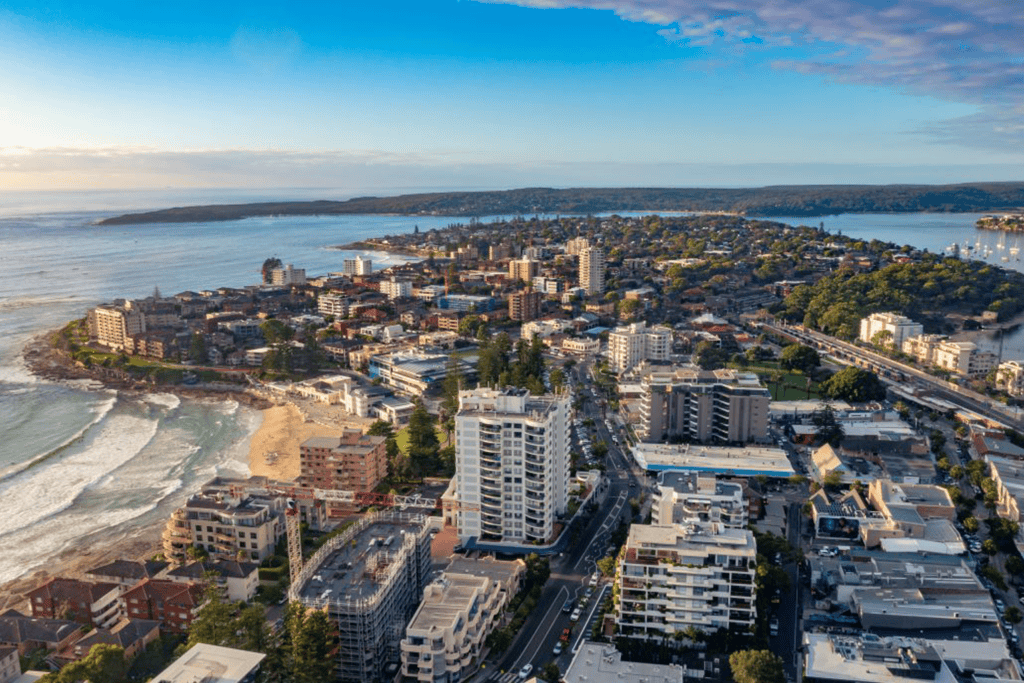Business conditions are generally pretty good in Australia at the moment and the number of failures remains low, so why isn’t the economy doing better?
That’s the assessment of both the Reserve Bank of Australia (RBA) and National Australia Bank (NAB). NAB’s September business survey showed business conditions were steady over the month, holding at just below the historic peak recorded before the global financial crisis.
Business confidence also pulled back from the surprise slump in August to be marginally above the long-term average. Nevertheless, the gains are not universal. The construction sector still has the strongest business conditions but retail remains weak.
NAB’s chief economist, Alan Oster, is optimistic, however. “Business conditions at these levels tell us that the business sector in Australia is doing very well,” Oster said.
Business investment (share of nominal GDP)

“We have certainly seen that reflected to some degree in areas like corporate profits and jobs growth, but other aspects of the economy – such as business investment – have been somewhat disappointing in comparison. In that context, it will be important to keep an eye on the recent softer trend in business confidence.”
Retail stuck as wages stall
Retail fell back into negative territory in September, which is not surprising given that annual wages growth at just 1.9% has never been lower. A pickup in wages growth would be required before there is any significant rise in consumer confidence.
The problem is that historically high business conditions have failed to translate into a meaningful pickup in wages growth. Data shows that corporate profits (excluding financials) are on the rise, while private sector wages remain in the doldrums.
Wage price index growth

Added to the stronger conditions, the RBA says in its October Financial Stability Review that Australia’s financial system is in a solid position and its resilience to adverse shocks has increased. Non-performing loans remain low, though they are rising in some regions with mining exposure.
Household indebtedness is high, and debt levels relative to income are edging higher against a backdrop of low interest rates and weak income growth.
The RBA also believes that riskier lending may migrate to the non-bank sector because of the tightening of lending standards in the banking sector. To date, however, non-bank residential mortgage lending has remained small, while property development lending has picked up.
Profitability remains high
Conditions are positive in most other parts of the business sector, including the resources sector, as corporate profitability remains relatively high, and leverage and debt-servicing are contained.
Bank profitability (return on shareholders’ equityafter tax and minority interests)

Bank profitability is high and banks are seeking to maintain this by reducing their lower-yielding assets, both domestically and abroad.
The banks are also obtaining funding at a lower cost than a year ago, despite many of them recently being downgraded by credit rating agencies (largely due to concerns about high and rising household debt).
The central challenge, though, is to translate strong business conditions to business investment and higher wages for real economic growth to kick in.




